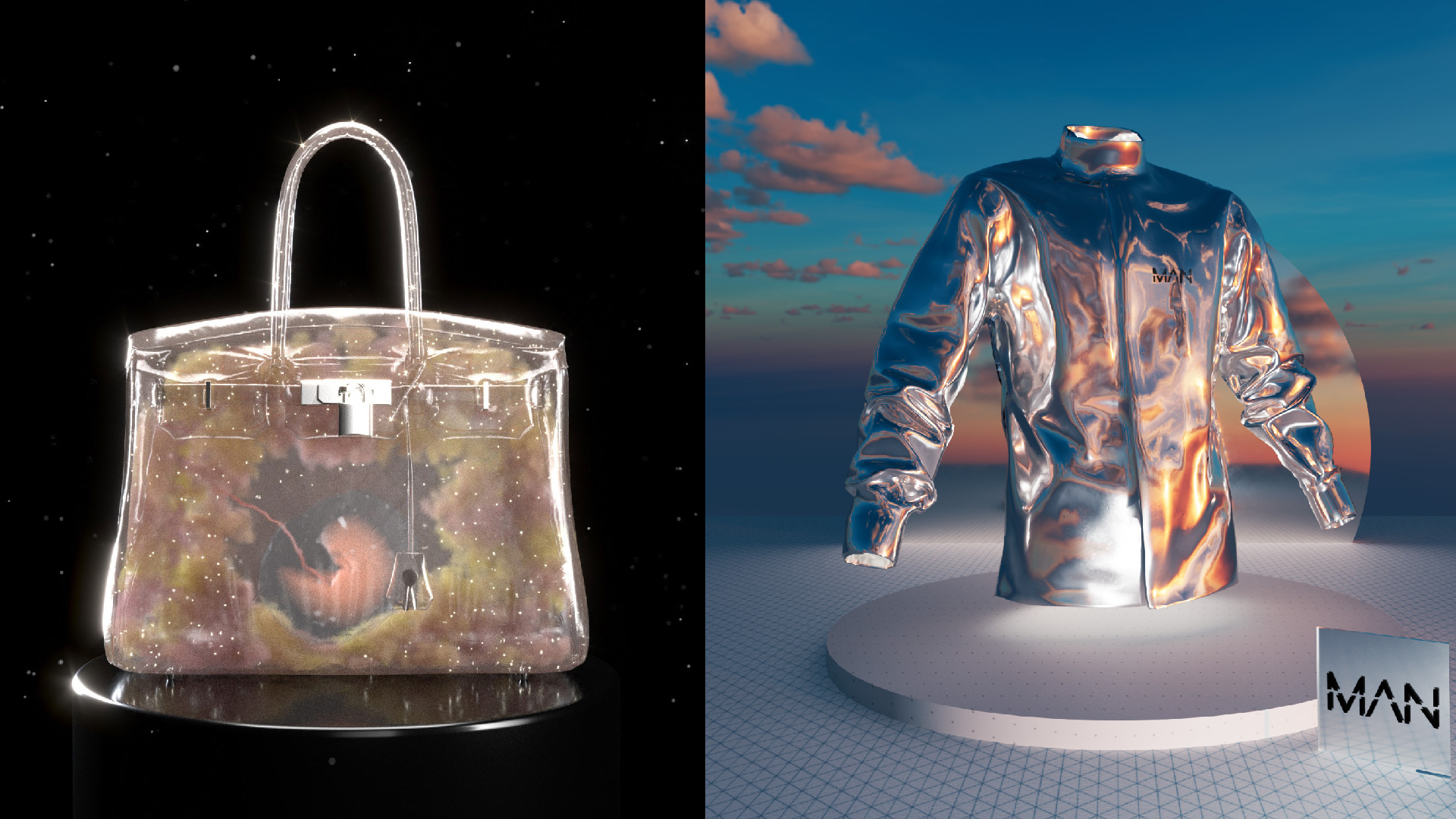
How Blockchain Is Being Used in Fashion to Herald in a New Era of Style Expression With NFT?
The cultural significance of cryptocurrency is apparent, as blockchain technology continues to permeate and substantially affect the fields of art, music, fashion, it can no longer be ignored.
To give a better understanding in exploring the market, many businesses and creatives are exploring on exchange market places such as Opensea, where you can find a series of projects that delves into numerous digital asset collections linked to the use of blockchain technology.
NFTs, (non fungible tokens) are the new digital assets, in which ownership is open and can be tracked thanks to the general ledger that blockchain technology affords us.
Blockchain is allowing us to explore ‘hybrid’ ownership both online and offline. Which means we live in exciting times where business can explore these new identities and placement of digital assets.
The usage of non-fungible tokens, or NFTs, in contemporary culture is fresh, as is the technology’s adoption by the fashion industry, the notion of digitally sharing our products isn’t exactly novel. Designer Jeff Staple compared the idea of digital clothes to publishing a photo on social media in a recent Twitter Spaces debate but is that really true?
He described a phenomena he experienced when managing a prominent retail store: numerous customers would come in, shoot photographs wearing luxury items in the changing room, share those images on social media, but never buy the clothes. The commodities displayed in your closet don’t genuinely matter to a certain group. What matters is your curation, taste, and comprehension of things, as well as how you put it together in your digital world on social media. That’s where the money is! In this sense, NFTs represent a new way of expressing one’s own style—and the methods of sharing it are constantly developing.
However, owning a virtual wardrobe isn’t the norm (at least not yet), and for some fashionistas, it’s difficult to accept that they can’t literally wear a stylish NFT buy. Despite this, some of the world’s most well-known fashion labels have joined the area, experimenting with various ways to employ the technology.
A New Method of Authentication
There is a lot of crossover between the fashion world—specifically, streetwear and sneaker culture—and NFTs.
In essence, NFTs function as certificates of authenticity for digital transactions; authenticity and exclusivity are cornerstones in many areas of fashion, particularly in luxury. When blockchain is used to authenticate purchases, it introduces a new layer of ownership and verification to the fashion industry.
The most visible manifestation of this symbiotic connection occurred in late 2021, when sportswear giant Nike announced the acquisition of digital collectibles site RTFKT, famed for its popular shoe NFTs. It sent shockwaves across the fashion and cryptocurrency industries, indicating not just the technology’s widespread acceptance, but also its long-term viability. The secret sum paid by one of the world’s most well-known corporations demonstrated the financial potential of NFTs in fashion and footwear.
Designer-created NFTs
Gucci was one of the first big fashion firms to do so with their 2021 project Aria, a 4-minute NFT fashion video that accompanied a recent runway collection and sold for $25,000 USD at Christie’s at an NFT-specific auction. The next month, the firm launched Gucci Gardens on the game platform Roblox, providing players with a virtual recreation of the equivalent interactive exhibit in Florence, Italy.
Wrapping It Up
Although most of fashion’s efforts into the crypto and blockchain arena may be argued to be for marketing objectives, change and experimentation are occurring at rapid speed. Brands, designers, and retailers are continually experimenting with how to use NFTs—and many have done it successfully. However, as we’ve seen with art and music, technological uptake is rapid, so it’s not a terrible idea to start planning your web3 fit now.
Let’s not forget in a time when gamification and metaverses are possible, digital assets or brands that only exist digitally and sustainably, might actually be a close reality.
What is simply a photo versus a valuable digital asset is where we will see the separation between real projects versus hype and noise in the NFT space.

